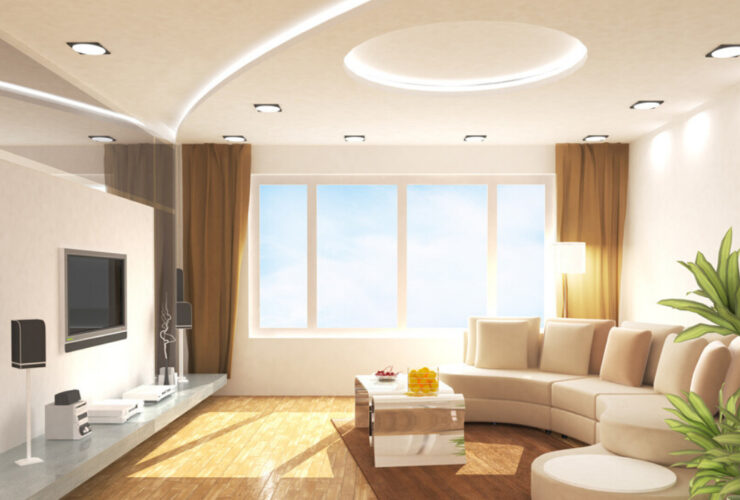Nowadays, one of the skills in theatrical and movie sets is that plasterer, and the material is used to simulate the appearance of stone, wood, or metal surfaces. Today plaster is just as likely to use expanded polystyrene, although the job title remains unchanged. This plaster also used to create complex detailing for use in room interiors. These may also be naturalistic, geometric, vines and others. These also often stimulate stone or wood detailing found in more substantial buildings. Plaster is widely used to support broken bones, setting into a close-fitting yet easily removed tube known as the cast. However, this is slowly replaced by a fibreglass type. Here are some lists about all you need to know about plaster of Paris and their uses.
Is plaster waterproof?
No, it is not a waterproof substance, and it is made waterproof by mixing other items to be used in the exterior and interiors. The Plaster of Paris is a very dry and porous substance. Whenever it is exposed to water, it will completely absorb it. Often if you want to make it waterproof, a heavy coating primer is applied and then painted with heavy-duty extension paint or any other paint. For people who do not want to paint, applying a linseed oil coat is very effective. Various other waterproofing techniques and methods are used based on their applicability and needs.
It is used for building material:
Plaster’s rich contribution to the protection and beauty of the surface of walls hardly needs arguing. It offers a smooth surface and aids in fireproofing as well. The most popular type of plaster of Paris used for building construction is gypsum plaster and cement. These are used for both internal and external plastering of buildings, and they form a protective layer of brick and stone along with ceilings and RCC walls. Cement and gypsum are also used for creating textured plaster and finishes. A rich cement plaster mix is achieved by mixing cement and four parts with sand and water.
Decoration element:
Plaster is used to make decorative materials and pieces. It is used in making showpieces, statutes and more. Also, it is used on walls creatively to make new designs and patterns as decoration elements. It is also used for making false beautification, ceiling and before painting the walls.
For fireproofing:
Plaster of Paris is a fire-resistant used in fireproofing products, buildings and fire protection systems. It protects by slowing down the heat transfer into concrete elements preventing the breakdown. It also prevents the spread of fire as the plaster coating discharges water vapour in case of fire.
3D printing and burial services:
Today’s gypsum plaster is being used in 3D printing. In this plaster, water is applied specifically by the inkjet head. Some funeral houses use plaster to rejoin the cut off parts of a dead body and remake the damaged tissues or fill the wounds that occurred.
Bottom line:
Finally, it is important owing to its applications and uses in many ways and sectors. It is used in school, building material for medical departments. This is the above-explained information about all you need to know about plaster and its uses.





